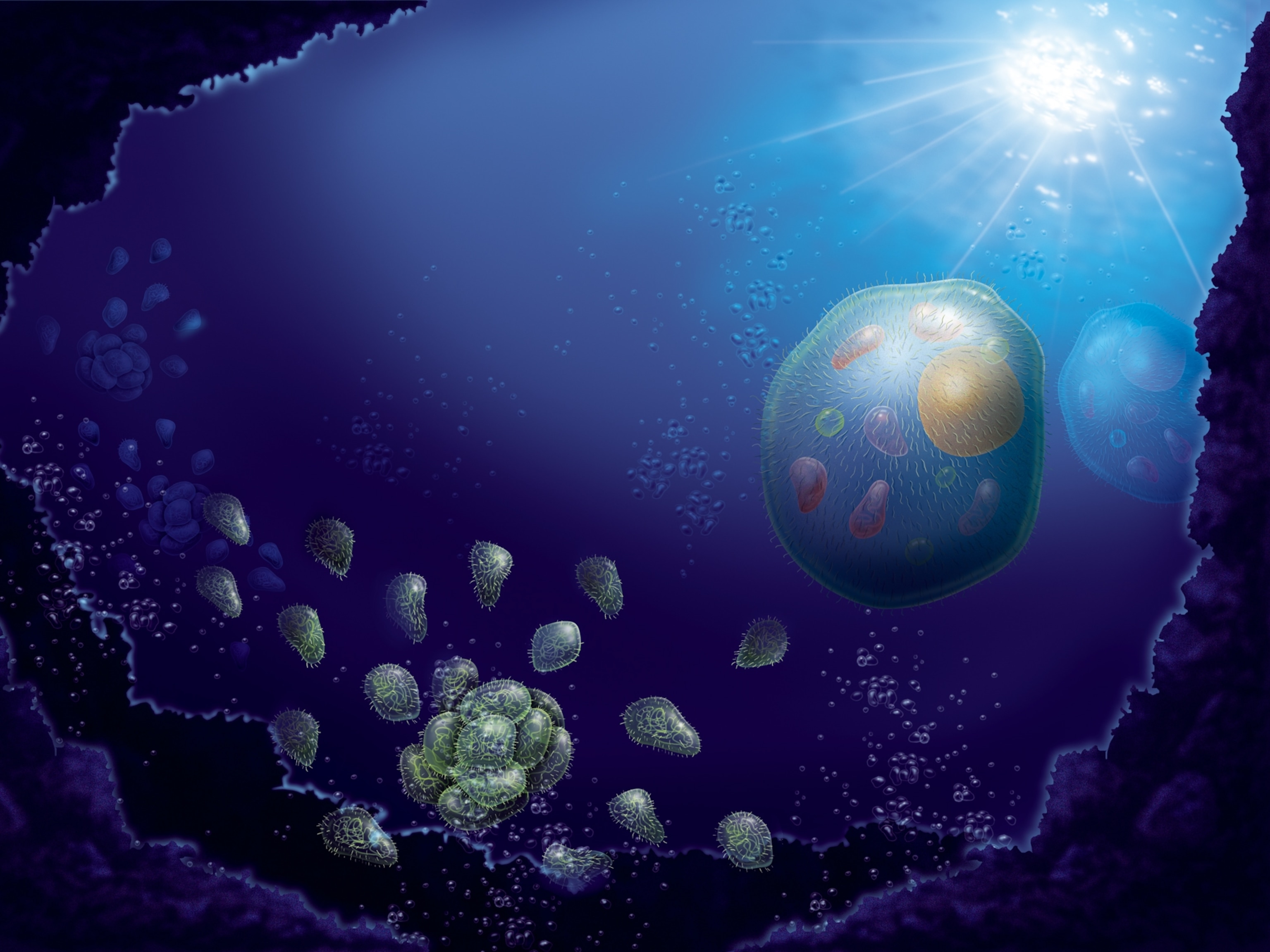A Photographer Documents the Evolution of Taxidermy
I first became interested in taxidermy when I was a child, after seeing a photograph in an old Life magazine of the last passenger pigeon, Martha, who died in 1914. It was the first time I had encountered the idea of extinction so directly. I was terribly saddened by this discovery that an entire species could disappear. Martha was preserved and now resides at the Smithsonian National Museum of Natural History. This led me to see taxidermy as a way to encounter the past and see the beauty of what has been lost.
As I grew up, my passion for the natural world continued to grow. I love the beautiful dioramas created by Carl Akeley, the father of modern taxidermy, and his team at the American Museum of Natural History in New York. I even have my own cabinet of curiosities full of found antlers, skulls, and even one very small preserved bat.

When the idea for a National Geographic magazine story about taxidermy came up, I was sold. And we knew the perfect photographer for the job. Robert Clark has also had a fascination with how taxidermy can bring you so close to a creature and understands that it’s the last way to see extinct species. He has spent years photographing in museums around the world and seen a wide variety of taxidermy. On this assignment he was fortunate to see and photograph taxidermist George Dante preserving Lonesome George—the last Galápagos Pinta Island tortoise.
Learn more about Robert Clark and his taxidermy assignment in the video at the top of this page.

From a historical perspective taxidermy played a major role in conservation education and the enlightenment of the public about the natural world during the 19th and 20th centuries. This was the heyday for museum taxidermy, as scientific individuals and institutions from Charles Darwin to the Smithsonian explored the natural world and collected specimens of every type of plant and animal. The specimens were then preserved with great care and anatomical accuracy and put on display for the public to examine and enjoy.

Since those times of plenty the numbers of many species have diminished or gone extinct. Specimen collecting and museum taxidermy is a dying art and serves today more as a record and memorial to our threatened and extinct creatures.
Taxidermy continues to evolve. Competitions are still primarily the realm of hunters, but a new category called Re-Creations (showcasing animals created from parts that are not their own) is winning big prizes. The results are more of a model than an object of taxidermy. This may be the future. We leave the animals we love alone and create accurate models of them for our education and enjoyment.
See more of Robert Clark’s taxidermy photography, and read more about the evolution of the field in the August 2015 National Geographic feature story.
Related Topics
You May Also Like
Go Further
Animals
- Soy, skim … spider. Are any of these technically milk?Soy, skim … spider. Are any of these technically milk?
- This pristine piece of the Amazon shows nature’s resilienceThis pristine piece of the Amazon shows nature’s resilience
- Octopuses have a lot of secrets. Can you guess 8 of them?
- Animals
- Feature
Octopuses have a lot of secrets. Can you guess 8 of them?
Environment
- This pristine piece of the Amazon shows nature’s resilienceThis pristine piece of the Amazon shows nature’s resilience
- Listen to 30 years of climate change transformed into haunting musicListen to 30 years of climate change transformed into haunting music
- This ancient society tried to stop El Niño—with child sacrificeThis ancient society tried to stop El Niño—with child sacrifice
- U.S. plans to clean its drinking water. What does that mean?U.S. plans to clean its drinking water. What does that mean?
History & Culture
- Gambling is everywhere now. When is that a problem?Gambling is everywhere now. When is that a problem?
- Beauty is pain—at least it was in 17th-century SpainBeauty is pain—at least it was in 17th-century Spain
- The real spies who inspired ‘The Ministry of Ungentlemanly Warfare’The real spies who inspired ‘The Ministry of Ungentlemanly Warfare’
- Heard of Zoroastrianism? The religion still has fervent followersHeard of Zoroastrianism? The religion still has fervent followers
- Strange clues in a Maya temple reveal a fiery political dramaStrange clues in a Maya temple reveal a fiery political drama
Science
- NASA has a plan to clean up space junk—but is going green enough?NASA has a plan to clean up space junk—but is going green enough?
- Soy, skim … spider. Are any of these technically milk?Soy, skim … spider. Are any of these technically milk?
- Can aspirin help protect against colorectal cancers?Can aspirin help protect against colorectal cancers?
- The unexpected health benefits of Ozempic and MounjaroThe unexpected health benefits of Ozempic and Mounjaro
- Do you have an inner monologue? Here’s what it reveals about you.Do you have an inner monologue? Here’s what it reveals about you.
Travel
- Follow in the footsteps of Robin Hood in Sherwood ForestFollow in the footsteps of Robin Hood in Sherwood Forest
- This chef is taking Indian cuisine in a bold new directionThis chef is taking Indian cuisine in a bold new direction
- On the path of Latin America's greatest wildlife migrationOn the path of Latin America's greatest wildlife migration
- Everything you need to know about Everglades National ParkEverything you need to know about Everglades National Park




